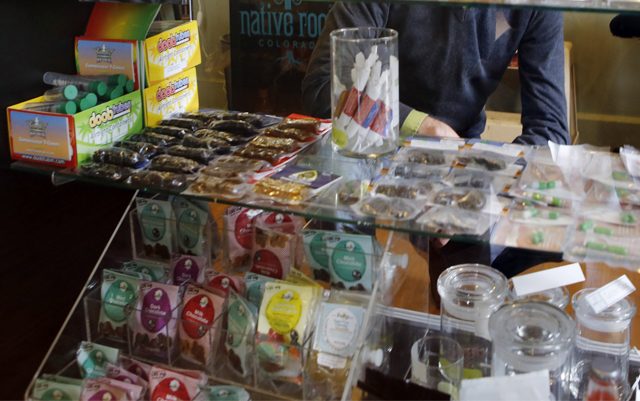A new study from the University of Washington School of Law outlines concerns they have for accidental ingestion of infused edibles by children. The project is part of the school’s cannabis law and policy project, and it identifies best practices when it comes to edibles and kids, like smell, taste, and shapes.
The findings come ahead of planned changes to the way cannabis-infused edibles are designed and manufactured in Colorado. The project was spearheaded by The Washington State Liquor and Cannabis Board, the state regulatory agency in charge of Washington’s cannabis laws. The results come from data compiled from a survey of research on food and food marketing and as the executive summary explains, their efforts are made with the best interest of children in mind.
“Cannabis flower is typically smoked or vaporized and would appear to be not as attractive a food as an edible might be,” reads the report. Important to note, is that the research was on foods in general, but that it’s “reasonable to expect similarities to children’s approaches to cannabis-infused edibles.” The study findings include:
Colors children prefer:
- Red
- Orange
- Yellow
- Green
Odors children prefer:
- Apple
- Banana
- Cinnamon
- Lemon
- Licorice
- Mint
- Pineapple
- Rose
The new rules guiding Colorado’s edibles market start in October. Their regulations will require all packaging, as well as cannabis-infused products, be marked with the specific symbol. Recent state regulations also prohibit edibles manufacturers from buying commercial non-infused products and spraying them with hash oil.
Marketing and branding play a role in tempting tots, too. The study finds “Television advertising influences the food and beverage preferences, purchase requests, and short-term consumption of children ages 2-11, but there is not sufficient evidence to draw the same conclusions with regard to teens aged 12-18.” Animal and cartoon characters were also found to influence a child’s choice to eat a snack or food.
In defense of the cannabis industry, one business alliance group in Colorado welcomed the research out of Washington, and encourages keeping cannabis products out of the reach of children. Mark Slaugh, executive Director of the Cannabis Business Alliance said, “Once the Cannabis industry enacts regulation of shapes, we can safely claim that between child-resistance, prohibited advertising of cartoon characters, opaque packaging, and warning statements, that Colorado infused products manufacturers are doing more than any other industry to make edibles less appealing to kids while maintaining colors and flavors that do appeal to the adult markets we serve.”
The study admits to two assumptions: children are curious and are attracted to numerous potentially dangerous substances in a household, such as alcoholic products, pharmaceutical drugs, cleaning chemicals, and many other potential hazards; and therefore, governmental regulation aside, parents share in the responsibility to keep children safe from potentially dangerous substances.
The research project notes that banning edibles outright isn’t necessarily the best method of prohibiting accidental ingestion. Instead, researchers admit it would cause suffering to those patients who cannot smoke or vaporize the flower due to weakened immune systems, and prohibiting infused foods altogether could drive the edibles market underground.
“It is remarkable that over 5 million infused product units are sold each year with very few and, indeed, diminishing cases of accidental ingestion. A strong indication that we are doing the right thing,” said Slaugh.






